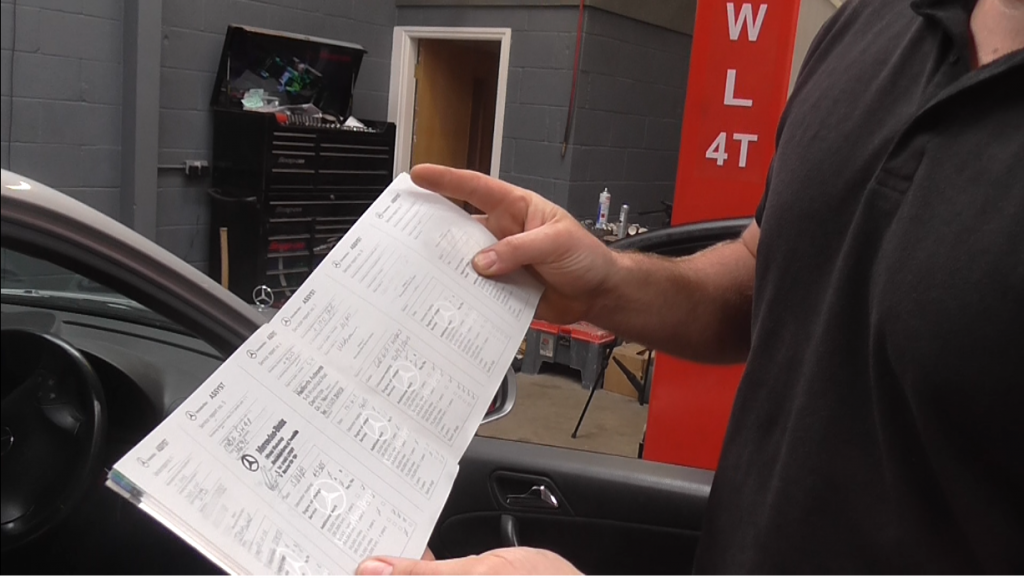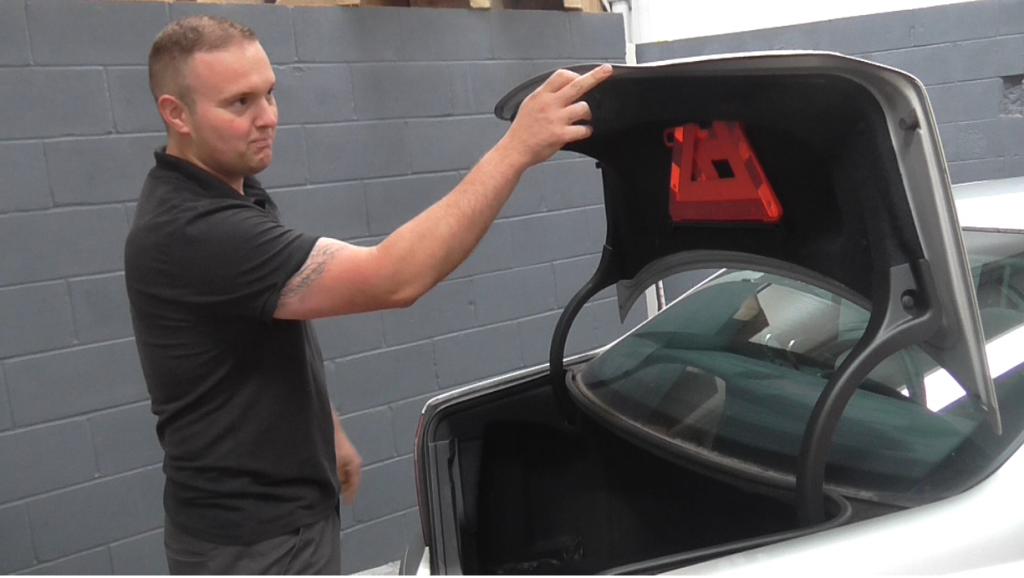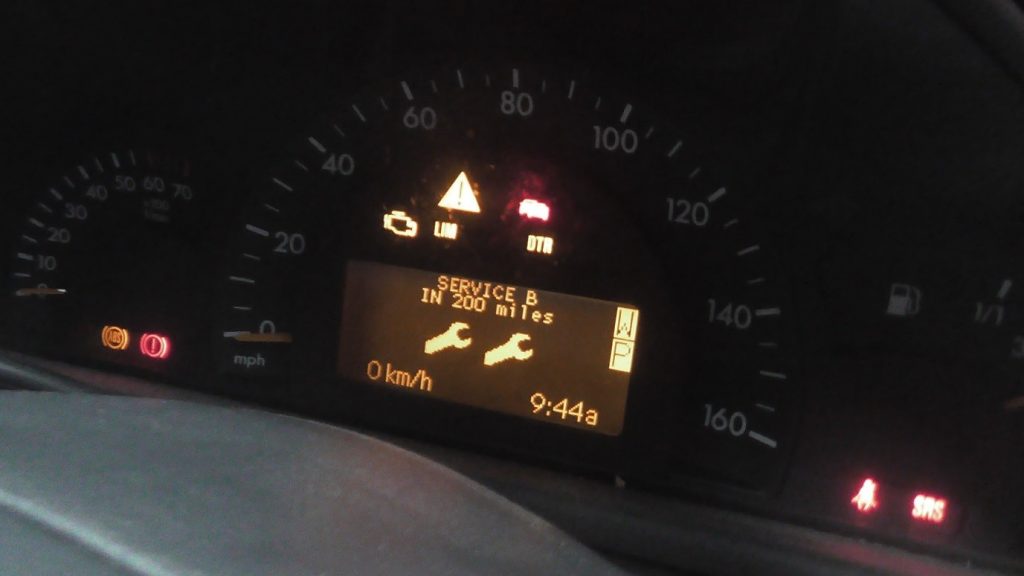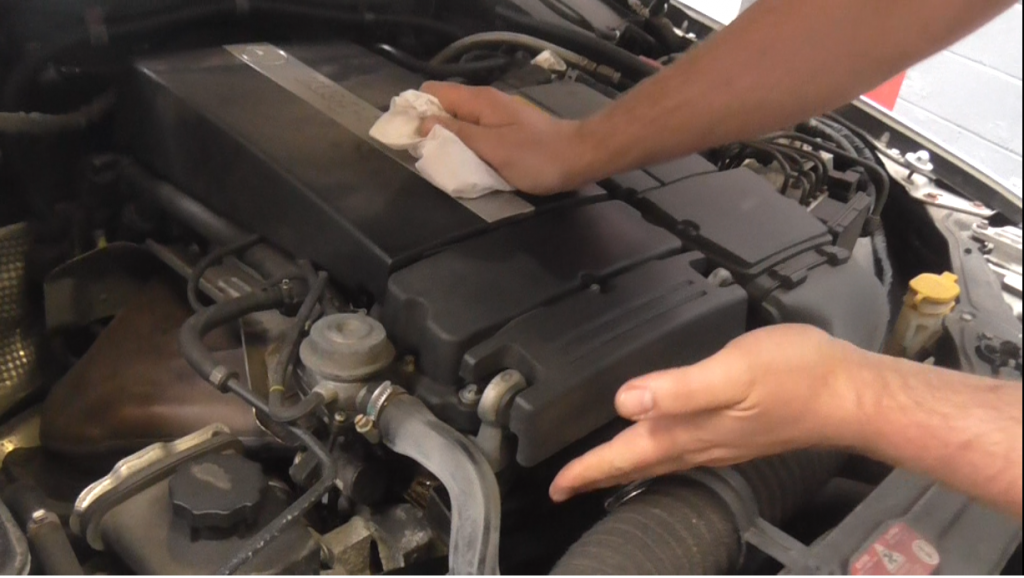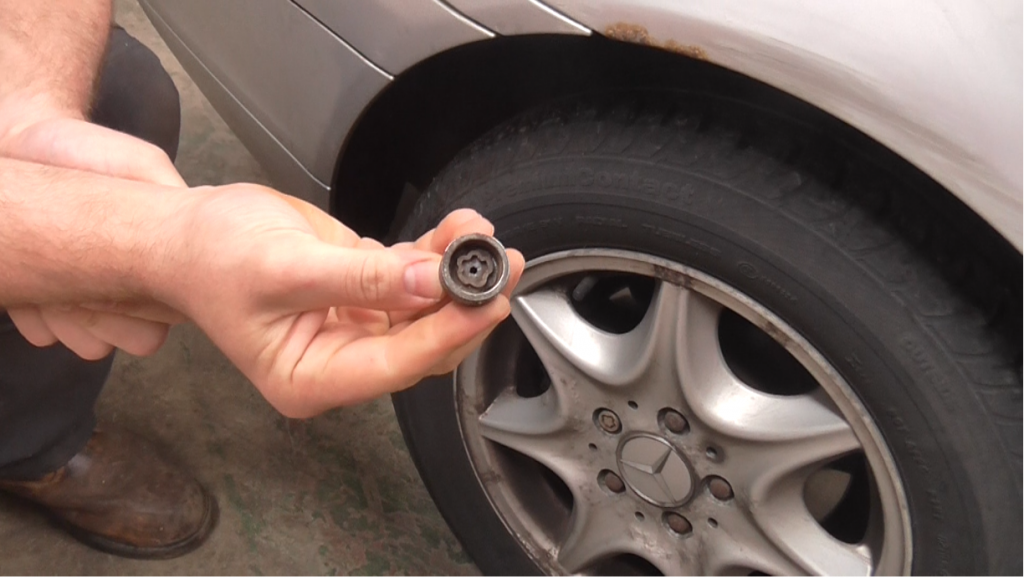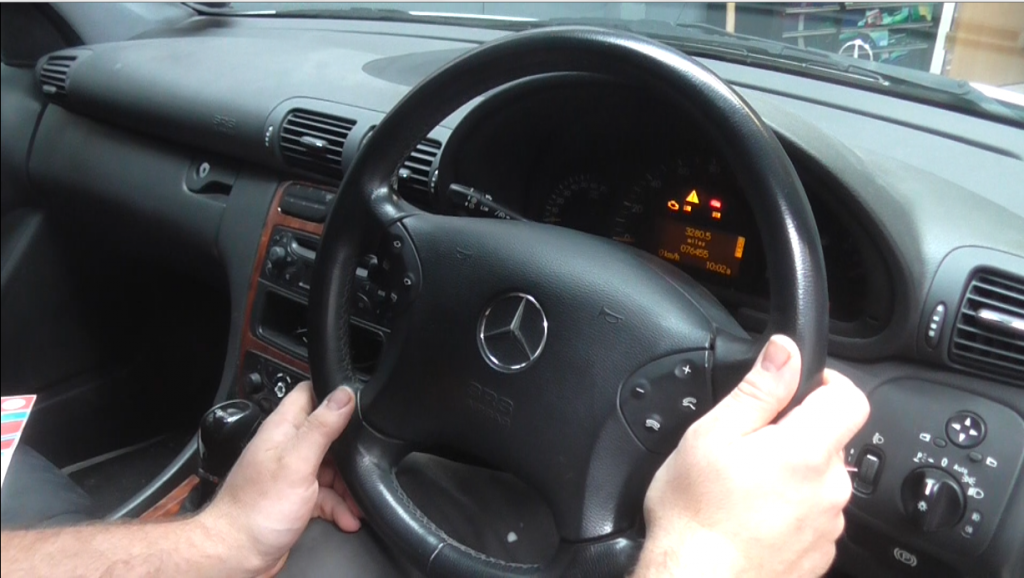What to look out for in used cars
Consumers buying a used car lose an average of £425 a year according to a study by the Office of Fair Trading.
Save yourself the stress of being misled by a vehicles' faults and follow these must-do checks ahead of purchasing a used car. See our video overview:
Paperwork
Check all of the relevant paperwork for your vehicle. Check the vehicle's logbook, service history and previous MOT certificates for information on the vehicle's mileage, if it has suffered any accident damage, or suffers from recurring faults.
Check if the vehicle has plenty of MOT on it - if it hasn't then you can use this as a bargaining tool when it comes to purchasing the vehicle. The MOT certificate should have previous MOT results, and with the MOT certificate number you can visit gov.co.uk to access the past advisories and failures for the past four years.
Check the V5C or logbook to make sure that the vehicle's registration number matches that on the front of the vehicle. Do the same with the chassis number in the logbook which is usually displayed in the vehicle's windscreen towards the dashboard.
Check the car history using HPI or similar services, this will also confirm if there is finance outstanding on the vehicle. See more details on paperwork checks to complete.
Exterior
When arranging to view a car make sure that it doesn't take place when it is dark as this can hide dents, scratches or rust.
Make sure all of the doors open and close correctly and that they are lined up correctly with each other. Inspect the door hinges for any strain as this would indicate the doors have folded back over.
Check that the colour of the panels do not differentiate and that they all blend together. Also test that the boot opens and closes as it should, and look out for any corrosion around the edge of the boot.
In the boot, check that the spare tyre is in place underneath the carpet, and then have a quick look inside the rear for any damage as this would reveal the vehicle has had a rear end accident.
Interior
It is important to check that the dash lights are working correctly. Each light including the engine management light, AVS light, and air bag light should illuminate and eventually turn off themselves once you start the car. The vehicle would fail an MOT if they don't.
Under the bonnet
Under the bonnet is an important area to check before purchasing a used car. Ensure that the oil, brake fluid and power steering are all above spec and that the coolant levels are of good condition.
Locate the drive belts and make sure they are not badly cracked or that any pieces are missing.
Lean down on the front panel of the vehicle and give it a quick bounce - if the vehicle continues to bounce once you let go this means that the shock absorbers are worn. If the car sets as soon as you release then the shock absorbers are fine.
Check the front panel for any creasing or dodgy paintwork as this would indicate the vehicle has suffered a front end bump. The same goes for loose headlights, so make sure they are secure.
It is also important to carry a torch with you for this part of viewing a used car. Take a look around for any leaks inside the bonnet, and with the engine running check for puddles on the floor.
Tyres and wheels
With your torch take a look through the gaps in the wheels and check the brake thickness, brake pads and brake disks - if they are low then this should knock the price of the vehicle down.
If the vehicle has alloy wheels fitted then it will usually have locking wheel nuts installed. Take a look at the wheel bolts and you should find one that is different to the rest - sometimes they may be covered by plastic caps so make sure to visually inspect them. Next you need to locate the key, pictured above, these are often found in the boot of the car.
The pattern should match up with the key - make sure to connect the key to the wheel nut to be sure that the patterns match.
Test drive
Finally, take the vehicle for a test drive before deciding to purchase. First, check your car insurance policy to find out if it allows you to drive another vehicle with the owner's permission - this is DOC (Driving Other Cars) cover.
Take at least a 15 minute drive, driving at different speeds and on different roads including town, country and on a motorway. Run the engine and check the exhaust for any black or white in the emission.
Listen for any strange engine noise and check the gear changes feel smooth. When braking, make sure that there is no vibration coming through the wheel as this would indicate worn brake disks.
Check that all of the electronics work including windows, satellite navigation, stereo and the on-board computer as these can be expensive to fix.
Lastly, test out steering in full lock both sides and check how acceleration feels.

